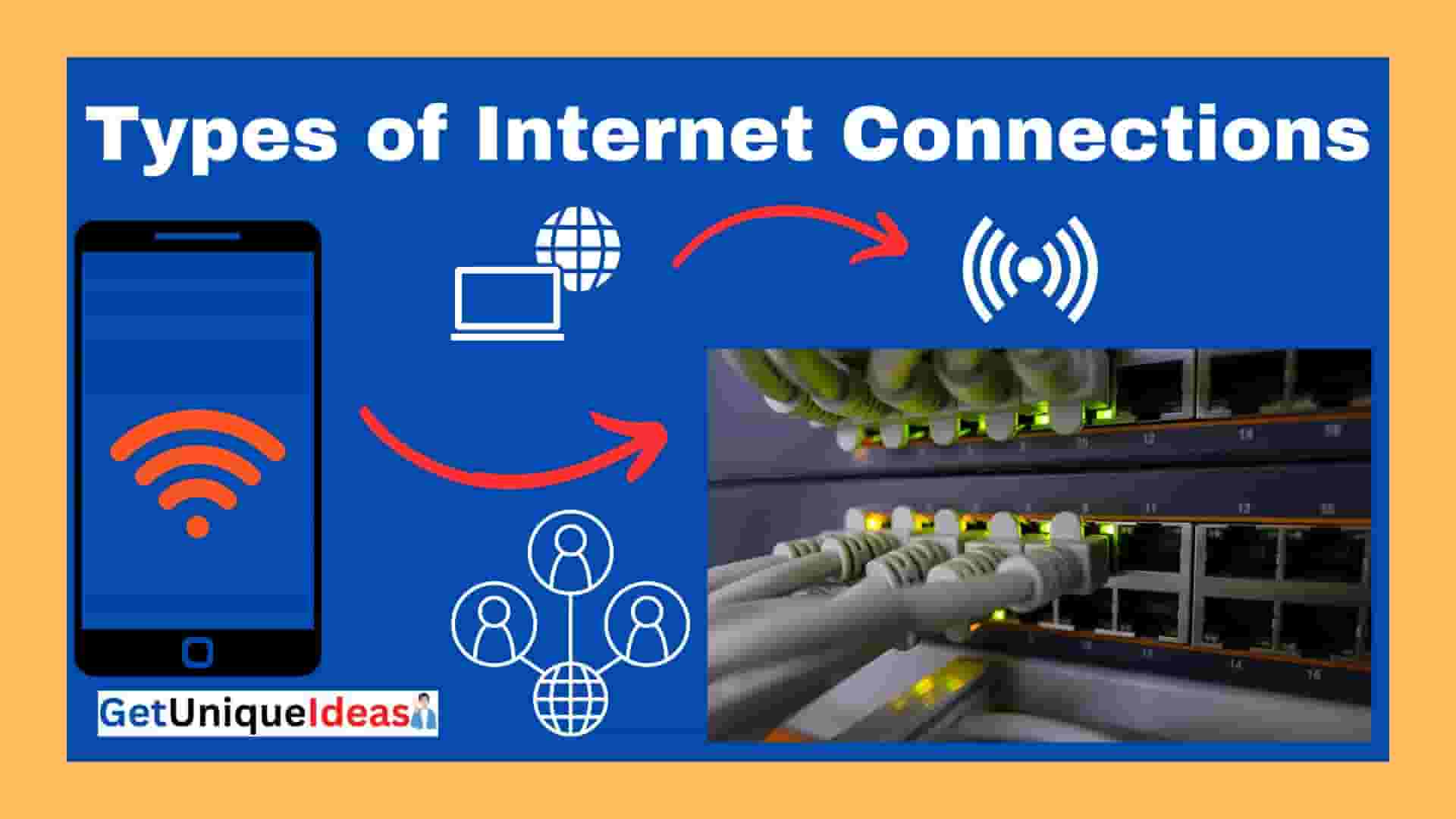In this blog post, we will talk about “Threatware” Cybersecurity threats are becoming more prevalent in our technologically-dependent world.
Grayware could be described as a kind of malware that may cause harm to your personal computer and information, even if it’s not malicious.
In this article, we will look at the different kinds of threatware and the ways they could harm your personal computer and information.
and, more important, how to defend yourself against it. This article is for everyone, regardless of whether you’re an expert in technology or an IT expert. It will provide you with useful information to safeguard your online life.
What is Threatware?
The word “threatware” refers to malicious software designed to harm computers and evade detection.
Threatware can be described as a kind of malware that could be used to steal sensitive data and compromise systems, or even carry out cyber-espionage.
Threatware, as distinct from malware and viruses, typically occurs within the background.
It is able to collect your personal data, show unwelcome ads, or monitor your online activities, without even.
Sometimes, it’s concealed as genuine software or it may be included with free software. This makes it hard to detect and eliminate.
Types of Threatware
There are several types of threatware that have been identified by cybersecurity experts.
Some of the most common types of threatware include:
Adware –
Adware is a form of threatware that delivers advertisements to users.
It is possible to install Adware on a computer without the user knowing and it can be hard to remove once it is installed.
Spyware –
Spyware is a type if threatware designed to steal information from computers.
Spyware can be used for passwords, credit card numbers and other sensitive data.
Ransomware –
Ransomware is a form of malware that encrypts files on computers and demands payment for the key.
Ransomware attacks are becoming more common in recent years and can cause severe damage to both individuals and companies.
How does malware spread?
Threatware can spread in many ways. It often uses social engineering techniques to trick people into installing it on their computers.
Here are some ways threatware can spread.
⇒ Email Attachments: Malicious software can be distributed via email attachments. Phishing is a common technique used by hackers to trick users into clicking on links or opening attachments that contain malware.
⇒ Websites with malicious code: Malicious websites can spread malware. Although these websites appear legitimate, they can infect users’ computers with malware.
⇒ Software Downloads: Threatware may be included with legitimate software downloads. This could happen when users download untrusted software or install software from third-party sites.
⇒ Through infected USB drives: The malware can be installed automatically without users’ knowledge if they insert infected USB drives into their computers.
⇒ Exploiting vulnerabilities: Computer systems can be vulnerable to malware. Hackers can use vulnerabilities in operating systems or software to install malware on a computer without the user’s consent.
How Can You Protect Your Computer from Threatware?
Individuals and companies can take several steps to protect their computers from threats.
The following are the most important steps:
Installing Antivirus Software
Antivirus software is able to detect and remove malware from computers.
Antivirus software must be kept up-to-date in order to detect and remove the most recent threats.
Software Update
Software vulnerabilities can be exploited by hackers if you keep your software current.
Software updates are often accompanied by security patches to address known vulnerabilities.
Avoiding suspicious downloads and links
Many threats are spread via suspicious downloads and links.
Avoid clicking on links that come from unknown sources and downloading files from untrusted sites.
Strong Passwords
Strong passwords can be used to protect against threatware attacks.
Use complex passwords that are hard to guess and avoid sharing the same password across multiple accounts.
Conclusion
Cyberthreatware is an increasing threat to cybersecurity.
Individuals and companies need to take precautions to ensure their systems are protected.
It is possible to lower the chance of being hacked by installing antivirus software,
updating software regularly, avoiding suspicious downloads and links, and using strong passwords.
Other Links:-









